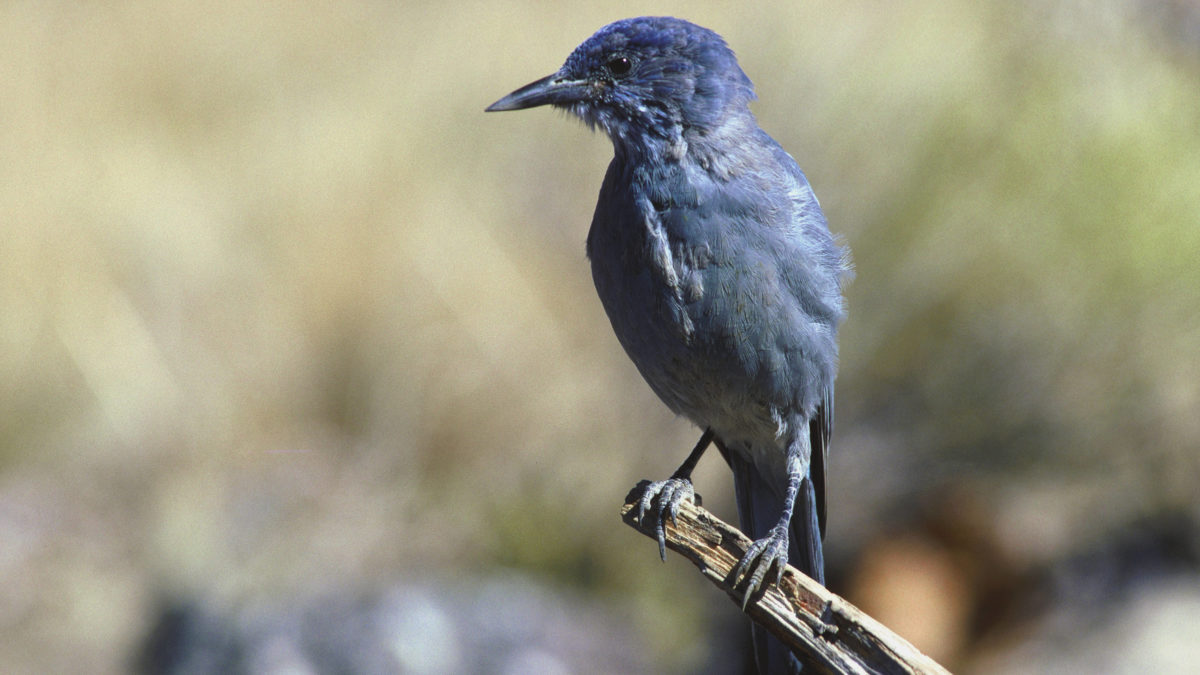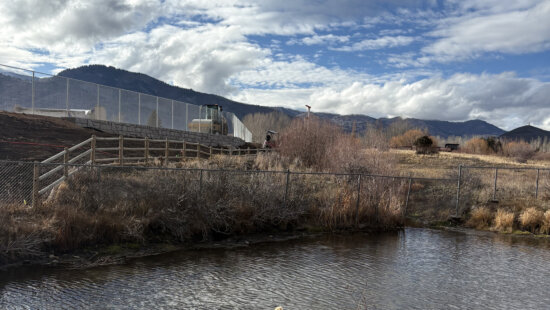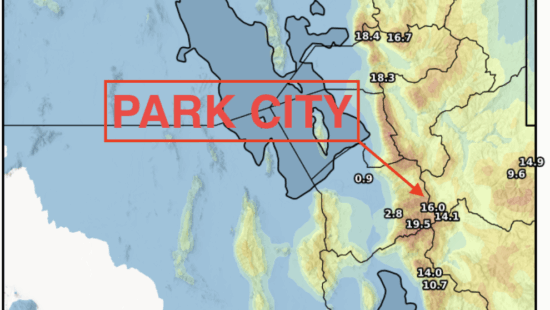Wildlife
Protections sought for pinyon jays

A Pinyon Jay perched on a branch in the Deshutes National Forest in Oregon. Photo: Dave Menke // USFWS
ALBUQUERQUE, N.M. — Collecting piñon nuts has been tradition for Native American and Hispanic families in the Southwestern U.S. for generations.
But environmentalists are concerned that without the pinyon jay — a very social bird that essentially plants the next generation of trees by stashing away the seeds — it’s possible the piñon forests of New Mexico, Nevada and other Western states could face another reproductive hurdle in the face of climate change, persistent drought and more severe wildfires.
The Washington, D.C.-based group Defenders of Wildlife filed a petition Monday with the U.S. Fish and Wildlife Service to protect the bird under the Endangered Species Act, saying the once common species plays an integral role in the high desert ecosystem.
The group points to research that shows pinyon jay numbers have declined by an estimated 80% over the last five decades, a rate even faster than the greater sage grouse.
Patricia Estrella, who represents the group in New Mexico, said that while population declines are well documented, the exact cause remains unclear as multiple threats are at play.
“Not only is it difficult to tease apart the effects of interacting factors, together they create even greater threats through positive feedbacks,” Estrella wrote in the petition. “Successful conservation of the pinyon jay requires addressing and ameliorating multiple threats simultaneously.”
Piñon-juniper forests cover more than 75,000 square miles (194,249 square kilometers) in the United States, and wildlife managers in Arizona, Colorado, Idaho, Montana, Nebraska, Nevada, and New Mexico already have classified the bird as a species of greatest conservation need.
Nearly 60% of the jay’s remaining population can be found in New Mexico and Nevada, but its range also includes central Oregon and parts of California, Utah, Wyoming, Oklahoma and Mexico’s northern Baja California.
Pale blue with a white bib, the pinyon jay typically mates for life. When food is abundant, they can nest more than once a year.
Their home range can be large, with the birds fanning out over hundreds of miles when food is scarce.
Research highlighted in the petition notes that more piñon and juniper woodlands are being cleared around the West for housing developments, agriculture, and solar and wind energy projects, and as land managers look to reduce the threat of wildfire.
The Biden administration’s infrastructure push includes $500 million over five years for prescribed burns, $500 million for mechanical tree harvesting and another $500 million for clearing fuel breaks. Defenders of Wildlife and others are concerned that managers will be able to move ahead with many projects without public input or more detailed environmental reviews.
The petition states that studies documenting the effects of woodland reduction on pinyon jay populations are few, but some scientists are recommending that land managers avoid nesting and foraging sites.
When the piñon crop is good, jays start the morning by eating seeds. Then they collect seeds, congregate in the tree tops and depart together to caching areas that are usually open spaces where less snow accumulates in the winter.
Research has shown they have excellent memory and recover more cached seeds than other types of jays or nutcrackers, but the seeds that go uncollected are left to germinate.
According to the petition, the loss of piñon trees would disproportionately affect Native American and Hispanic communities in the Southwest. Each fall, families make the trek to the forest to harvest the seeds.
The nuts are usually roasted and salted, but their popularity now extends beyond Southwest cuisine, including pancakes, brownies, pizza and salad toppings.
It will be up to the Fish and Wildlife Service to determine whether there’s enough information in the petition to warrant further review. That could take months.



















